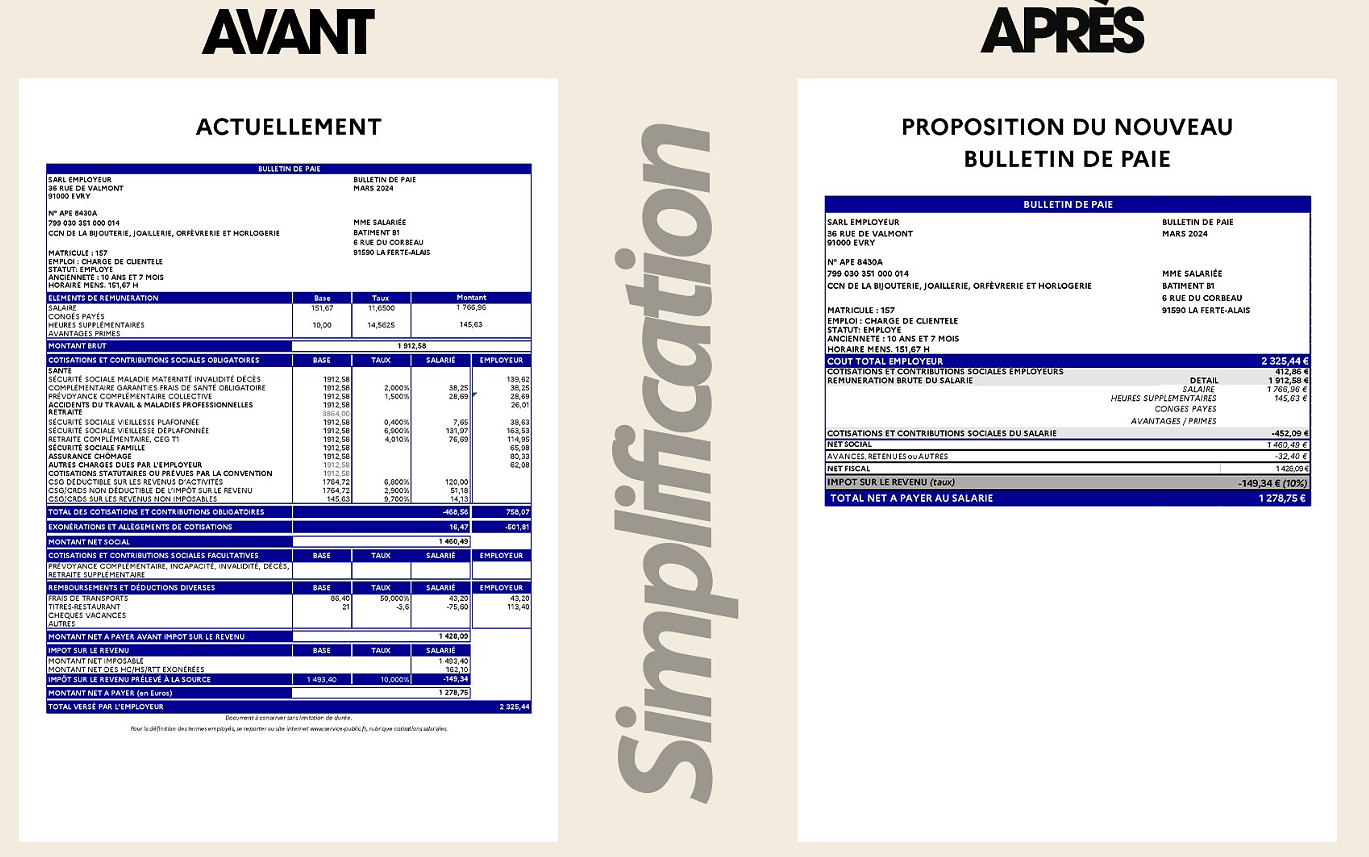On the list of historical euphemisms, the "Gutleuthaus" should occupy a prominent place. Until the early modern period, this was a place where people who had been infected with Mycobacterium leprae, the causative agent of leprosy, were crammed together.
The remains of such a "Gutleuthaus" came to light in April 2020 in the south of the city of Freiburg im Breisgau. During construction work for an underground car park, workers came across a skeleton from the Middle Ages. Excavations made it clear that it apparently came from a cemetery attached to the leprosy station. At the end of the rescue excavation, the State Office for the Preservation of Monuments in the Stuttgart Regional Council has now announced an order of magnitude. More than 550 burials have been recovered and documented. However, since only part of the area could be examined, the scientists assume that the number of burials in the cemetery should be around 2000.
It was known that south of the Dreisam river, i.e. outside the old town, there was a plague house for leprosy patients. Records testify to its existence as early as 1251. At the end of 1632, in the middle of the Thirty Years' War, it burned down and was never rebuilt. Nevertheless, the excavation broke new ground. "For the first time, building structures in front of the gates of Freiburg south of the Dreisam were recorded," says Bertram Jenisch from the State Office for the Preservation of Monuments.
“The foundations of a small chapel were recorded first.” Later, the stone foundations of a residential building with a paved floor that had been renewed several times came to light. Because of the way it was built using boulders from the Dreisam river, pottery finds and old graves, the finds can be dated to the end of the 12th century. That would mean that the Gutleuthaus area must have been built on before it was mentioned in a document, i.e. shortly after the city was founded.
The establishment of the infirmary was quite an innovation. As late as the early Middle Ages, an infected person was "driven out of the house as if he were dead," according to an edict in Lombardy. In Freiburg, on the other hand, there was already a "leprosy inspection" by a commission. If they came to the conclusion that those affected were leprous, they were sent to the Gutleuthaus and were only allowed to be buried in its remote cemetery. This was due less to hygiene than to religion. Because the "Uzsatz" (leprosy), as leprosy was also called, was considered a divine punishment for committed sins.
However, it was difficult to distinguish externally visible symptoms from other diseases. "The distorted features are reminiscent of the expression of a wild animal," says a medical tract. However, this also applied to syphilis, which began its horrifying triumphal march through Europe from the end of the 15th century. A Freiburg finding fits in with this. In addition to evidence of leprosy, numerous signs of syphilis were found on the bones of the deceased, as well as tuberculosis, meningitis, rickets and malnutrition.
The gender ratio is amazing. More than 90 percent of those buried were men. This part of the cemetery may have belonged to the men's station. However, another explanation is also conceivable, which is related to a legal circumstance. Because in order to at least enable them to make a living, the residents of leprosy houses were usually allowed to go begging, provided they were deeply hooded and warned passers-by with a rattle of their approach. This right to beg made "Gutleuthäuser" attractive for people who were not ill. When Francis I ordered an investigation in France in the 16th century, it was found that the majority of the inmates were pseudolepers, mostly men.
Another circumstance came into play in Freiburg. In a series of graves that had been dug long after the destruction of the leprosy house, bronze buttons and remains of uniforms were found that identified their wearers as French soldiers. You may have belonged to the troops who fell in 1744 in the War of the Austrian Succession during the siege of Freiburg.
One difference to those buried earlier is striking. While the sick were neatly buried individually and in an east-west direction, two or three French soldiers were often laid criss-cross in a dug hole. "It was more of a burial than a burial," Jenisch described the findings at an earlier presentation.
Even today, Mycobacterium leprae affects several hundred thousand people in Africa, Latin America and Southeast Asia every year. As the disease progresses, bumps and lumps form on the skin and, over time, nerve damage occurs, and those affected lose feeling in their hands or feet. There is no vaccine, but leprosy can be cured with antibiotics.
You can also find "World History" on Facebook. We are happy about a like.
"Aha! Ten minutes of everyday knowledge" is WELT's knowledge podcast. Every Tuesday and Thursday we answer everyday questions from the field of science. Subscribe to the podcast on Spotify, Apple Podcasts, Deezer, Amazon Music, among others, or directly via RSS feed.

 His body naturally produces alcohol, he is acquitted after a drunk driving conviction
His body naturally produces alcohol, he is acquitted after a drunk driving conviction Who is David Pecker, the first key witness in Donald Trump's trial?
Who is David Pecker, the first key witness in Donald Trump's trial? What does the law on the expulsion of migrants to Rwanda adopted by the British Parliament contain?
What does the law on the expulsion of migrants to Rwanda adopted by the British Parliament contain? The shadow of Chinese espionage hangs over Westminster
The shadow of Chinese espionage hangs over Westminster Parvovirus alert, the “fifth disease” of children which has already caused the death of five babies in 2024
Parvovirus alert, the “fifth disease” of children which has already caused the death of five babies in 2024 Colorectal cancer: what to watch out for in those under 50
Colorectal cancer: what to watch out for in those under 50 H5N1 virus: traces detected in pasteurized milk in the United States
H5N1 virus: traces detected in pasteurized milk in the United States What High Blood Pressure Does to Your Body (And Why It Should Be Treated)
What High Blood Pressure Does to Your Body (And Why It Should Be Treated) “I’m interested in knowing where the money that the State takes from me goes”: Bruno Le Maire’s strange pay slip sparks controversy
“I’m interested in knowing where the money that the State takes from me goes”: Bruno Le Maire’s strange pay slip sparks controversy Despite the lifting of the controllers' strike, massive flight cancellations planned for Thursday, April 25
Despite the lifting of the controllers' strike, massive flight cancellations planned for Thursday, April 25 The right deplores a “dismal agreement” on the end of careers at the SNCF
The right deplores a “dismal agreement” on the end of careers at the SNCF The United States pushes TikTok towards the exit
The United States pushes TikTok towards the exit Saturday is independent bookstore celebration
Saturday is independent bookstore celebration In Paris as in Marseille, the Flames ceremony opens to fans of rap and hip-hop
In Paris as in Marseille, the Flames ceremony opens to fans of rap and hip-hop Sale of the century for a mysterious painting by Klimt, in Austria
Sale of the century for a mysterious painting by Klimt, in Austria Philippe Laudenbach, actor with more than a hundred supporting roles, died at 88
Philippe Laudenbach, actor with more than a hundred supporting roles, died at 88 Skoda Kodiaq 2024: a 'beast' plug-in hybrid SUV
Skoda Kodiaq 2024: a 'beast' plug-in hybrid SUV Tesla launches a new Model Y with 600 km of autonomy at a "more accessible price"
Tesla launches a new Model Y with 600 km of autonomy at a "more accessible price" The 10 best-selling cars in March 2024 in Spain: sales fall due to Easter
The 10 best-selling cars in March 2024 in Spain: sales fall due to Easter A private jet company buys more than 100 flying cars
A private jet company buys more than 100 flying cars This is how housing prices have changed in Spain in the last decade
This is how housing prices have changed in Spain in the last decade The home mortgage firm drops 10% in January and interest soars to 3.46%
The home mortgage firm drops 10% in January and interest soars to 3.46% The jewel of the Rocío de Nagüeles urbanization: a dream villa in Marbella
The jewel of the Rocío de Nagüeles urbanization: a dream villa in Marbella Rental prices grow by 7.3% in February: where does it go up and where does it go down?
Rental prices grow by 7.3% in February: where does it go up and where does it go down? Sale of Biogaran: The Republicans write to Emmanuel Macron
Sale of Biogaran: The Republicans write to Emmanuel Macron Europeans: “All those who claim that we don’t need Europe are liars”, criticizes Bayrou
Europeans: “All those who claim that we don’t need Europe are liars”, criticizes Bayrou With the promise of a “real burst of authority”, Gabriel Attal provokes the ire of the opposition
With the promise of a “real burst of authority”, Gabriel Attal provokes the ire of the opposition Europeans: the schedule of debates to follow between now and June 9
Europeans: the schedule of debates to follow between now and June 9 These French cities that will boycott the World Cup in Qatar
These French cities that will boycott the World Cup in Qatar Montpellier-Nantes: at what time and on which channel to watch the Ligue 1 match?
Montpellier-Nantes: at what time and on which channel to watch the Ligue 1 match? Ligue 1: Luis Enrique leaves many PSG players to rest in Lorient
Ligue 1: Luis Enrique leaves many PSG players to rest in Lorient Football: Deschamps, Drogba, Desailly... Beautiful people with Emmanuel Macron to play with the Variétés
Football: Deschamps, Drogba, Desailly... Beautiful people with Emmanuel Macron to play with the Variétés Football: “the referee was bought”, Guy Roux’s anecdote about a European Cup match… with watches and rubies
Football: “the referee was bought”, Guy Roux’s anecdote about a European Cup match… with watches and rubies


















